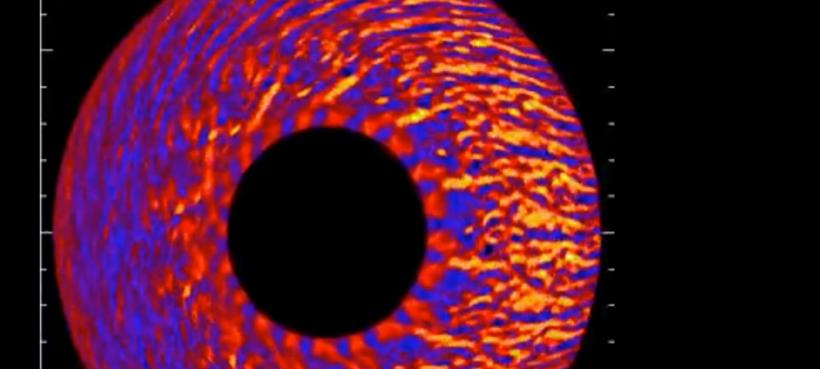
Small fluctuations in tokamak plasmas lead to turbulence, and turbulent eddies can very effectively transport heat from the hot core across confining magnetic field lines out to the cooler plasma edge, degrading the plasma performance. Predicting this phenomenon of turbulent-transport is essential for the understanding and development of fusion reactors. Understanding is improved by testing and validating models of turbulent-transport against detailed measurements of fluctuations in high-performance, reactor relevant plasmas. Through collaborations, PSFC faculty, scientists, and students study core, edge and boundary turbulence in fusion devices around the world, including at C-Mod, NSTX-U, DIII-D, ASDEX Upgrade, and W7-AS.
PSFC researchers use supercomputers to study plasma turbulence via direct numerical simulation. In order to simulate the turbulence in the fusion plasmas, powerful computers are needed. Some simulations use more than 20 Million CPU hours running on the some of the world’s fastest supercomputers. Simulations show how radially elongated structures called “streamers” interact with the larger size turbulence. Recently, PSFC researchers discovered that only the simulations that include these multi-scale interactions between electron and ion scales (separated in size by a factor of 60 in the plasma) can successfully predict the experimentally observed levels of heat loss from the plasma.
Professor Nuno Loureiro
nflour@mit.edu